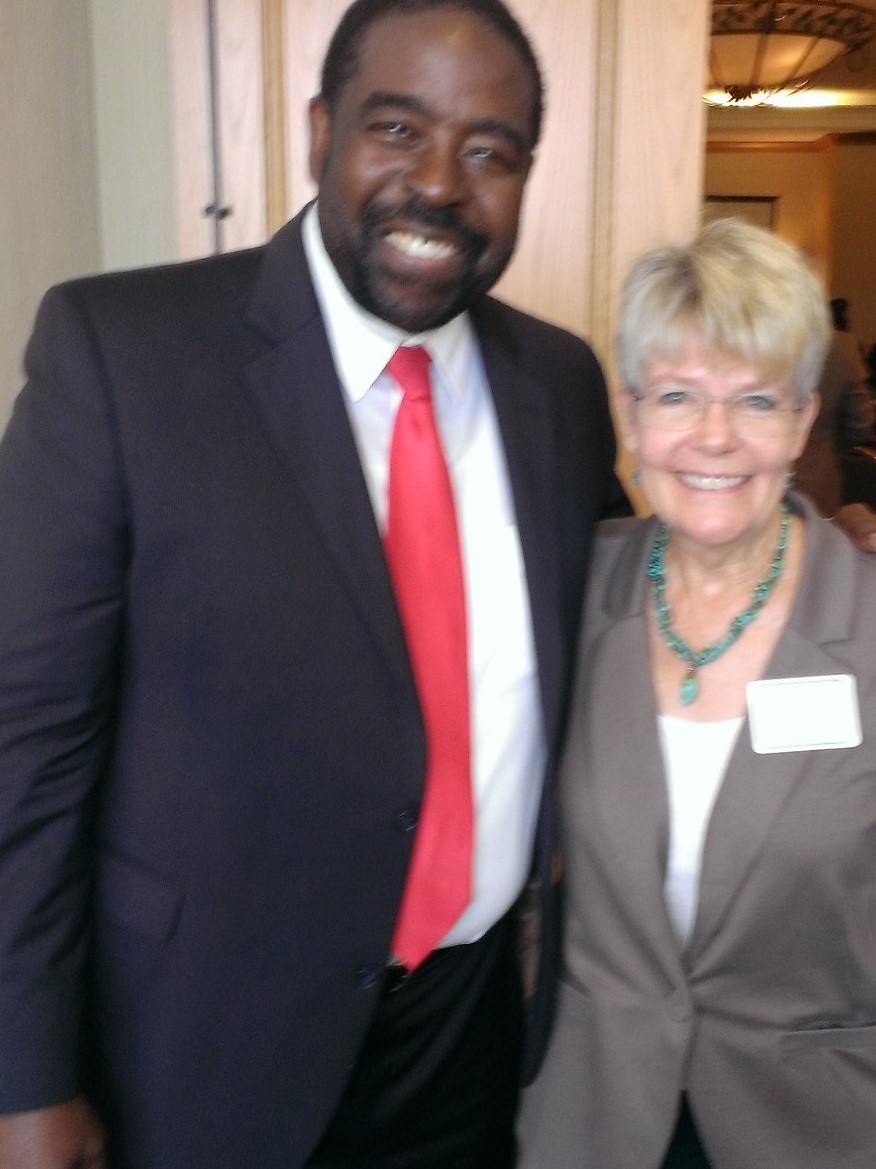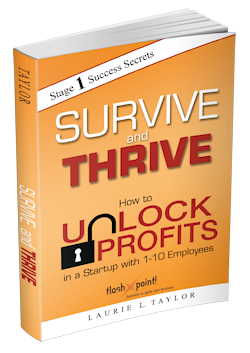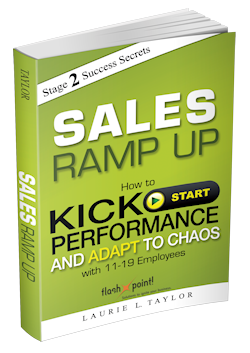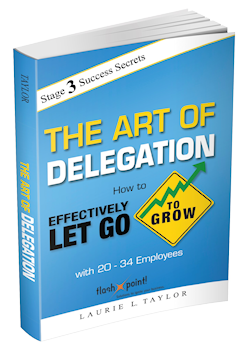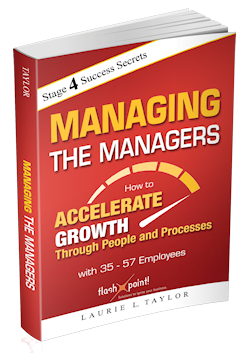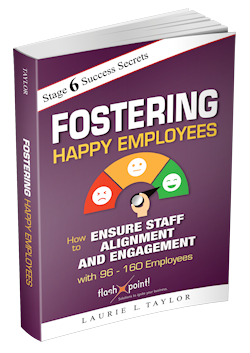ATTENTION:
CEOs with 161 – 500 Employees!
NEW Stage 7 Book is Here
Visionary Leadership: How to Recapture the Entrepreneurial Spirit with 161 – 500 Employees
“Vision without action is merely a dream. Action without vision just passes the time. Vision with action can change the world.” Joel A. Barker
What a view. From where you sit, as the CEO of an organization with 161 – 500 employees, you have the right to be proud.
How many of us ever sit back and simply bask in the pleasure of being successful? If you are like most CEOs, you spend very little time in reflecting of where you have come from – you move quickly on to your next challenge, your next successful endeavor.
Stage 7, the Visionary stage of growth, offers great opportunity while throwing even larger challenges your way.
Your focus should be on creating a future vision for your company which should include succession planning and the continual development of your leadership team. Making assumptions about alignment and perspective tends to backfire, requiring a decision-making process utilized by the leadership team to ensure good decisions are the norm.
Stage 7 is rarefied air and it takes a great team to continue to grow smart. The leaders and managers need to engage their teams with a strong performance-based plan and track key indicators that highlight what’s going well and more importantly, what isn’t. Stage 7 is a complex period that requires strong vision and a deft touch. Challenge all of your assumptions as they relate to your vision, mission, your customer needs and products/services. Don’t allow your managers to simply rehash old issues and ignore outdated processes.
The Definitive Business Book on recapturing the entrepreneurial spirit!
Listen to Laurie's interview on the #1 Rated Online Radio Show for authors, The Authors Show.
Stage 7 is ensuring that your products and services offer a competitive advantage and you have an intentional customer reconnaissance program in place so you recognize when your customers’ needs change.
Your top 5 challenges with 161 – 500 employees include:
- Weak product/service development or differentiation in the marketplace
- Profits are inadequate to grow the company
- Too slow getting new products/services to market
- Need for an improved profit design
- The marketplace and your customers change too quickly
Uncover 7 critical questions you need your leadership team discussing weekly such as: What are we doing today to help our employees be better tomorrow? Your focus on leadership development will pay off in spades as your requirements for stronger decision-making and targeted problem-solving becomes more and more critical.
Your goal is to create a visionary company that displays remarkable resilience and has the ability to bounce back from adversity. It’s critical that a CEO in Stage 7 truly believes that their people are at the crux of their success. That putting people first, by recognizing each person as an individual that wants to bring value to the organization and finding opportunities to listen, really listen to how people feel about their contribution, is critical to leading from a core ideology that isn’t just words written on a wall.
“History is being read but it is also being written by people with imagination.”
Les Brown.
I’m Laurie Taylor, author, speaker and trainer. I love helping business owners manage the chaos of growing their business. My book series on the 7 Stages of Growth are based on my own experiences and the critical concepts that are unique to the 7 Stages of Growth.

Stage 7 reveals if all the groundwork you’ve laid in previous stages of growth has paid off. If you are the founder, your journey from Stage 1 to Stage 6 has been fraught with challenges. Your response to those challenges is what elevates you from a mediocre company to a company that has the traction to exceed all expectations.
Read what other CEOs are saying about the value of understanding the impact of the 7 Stages of Growth.
“Nowhere have I ever found an incisive, insightful analytical tool like that offered by the 7 Stages of Growth. It makes charting a company’s growth as easy as painting by numbers.”
“As a fast-growing company, we struggled to keep our focus on areas that were critical for growing successfully. By working with the Stages of Growth, we discovered what our current operational environment really is, identified critical path objectives and developed a strategic set of initiatives that will become our roadmap for our future.”
“One of the biggest issues I struggle with as the CEO of a growing company is the unknown and having to make timely decisions with only 80-90% of the data available. One of the biggest attractions to the Stages of Growth X-Ray program is it helped my leadership team move from ‘wondering’ what to do next to ‘taking action’ through a detailed initiative plan built with confidence and organizational buy-in. This program allows a CEO to stop guessing at what he/she should be focused on and helps them identify exactly what to focus on. That’s a huge advantage to any organization.”


